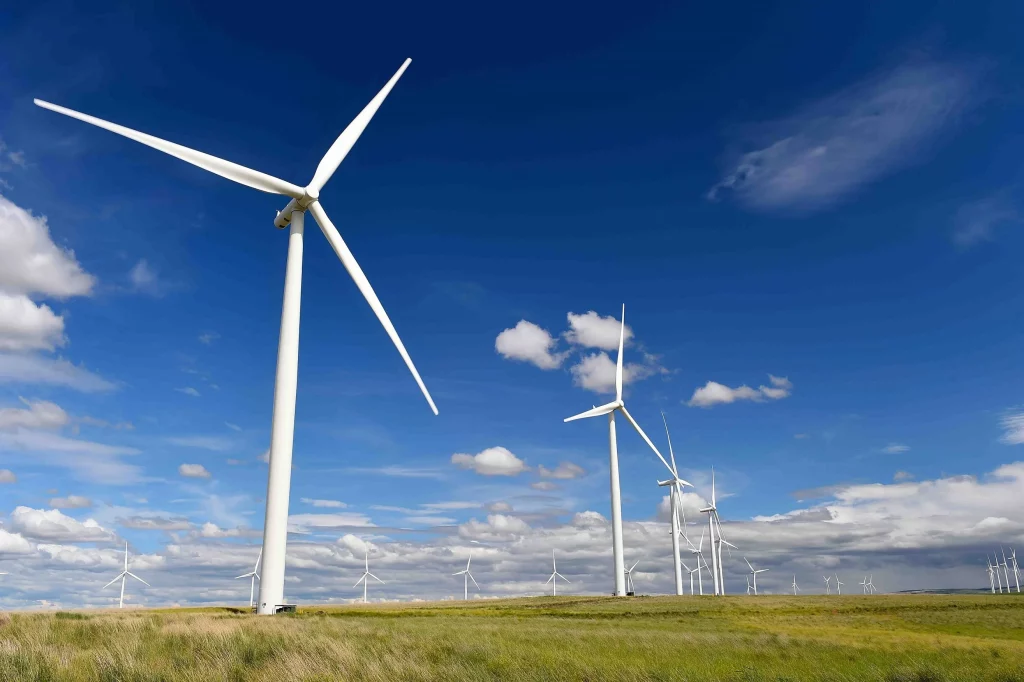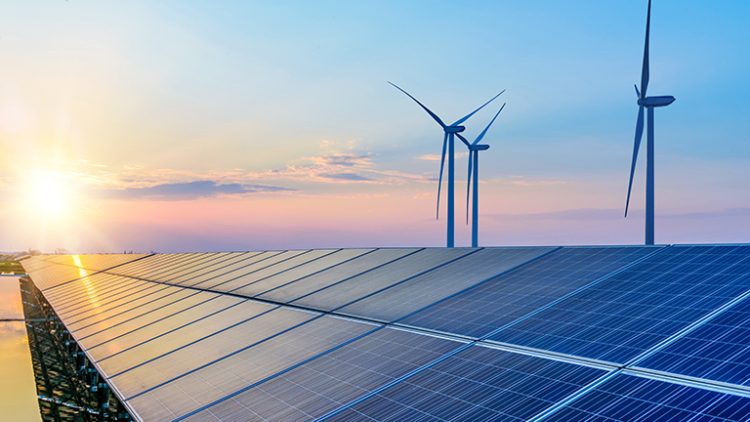Introduction
The global energy landscape is undergoing a profound transformation. As the world grapples with climate change, environmental degradation, and the volatility of fossil fuel markets, the momentum behind the new energy industry—encompassing solar, wind, hydro, hydrogen, and other renewable sources—is accelerating at an unprecedented pace. Governments, corporations, and consumers are all pivoting toward cleaner, more sustainable energy alternatives.
But a fundamental question remains: Can the new energy sector completely disrupt and replace the traditional fossil fuel-based energy market within the next ten years?
This article explores the current state of the energy transition, examines the economic, technological, political, and environmental dynamics at play, and assesses the feasibility of a full-scale disruption of the traditional energy industry by 2035.
1. What Is the “New Energy” Industry?
The term “new energy” generally refers to energy sources that are renewable, low-carbon, and sustainable. These include:
- Solar power (photovoltaic and solar thermal)
- Wind energy (onshore and offshore)
- Hydropower
- Geothermal energy
- Hydrogen energy, particularly green hydrogen
- Battery storage and smart grids
These technologies are in contrast to traditional energy, which includes:
- Coal
- Oil
- Natural gas
- Nuclear energy (often considered a transitional or hybrid source)
2. Why the Push Toward New Energy?
a. Climate Change and Carbon Emissions
The primary driver of new energy adoption is the urgent need to reduce carbon emissions to combat global warming. The energy sector is the largest source of CO₂ emissions globally, with fossil fuels being the primary culprit.
- Global Climate Goals: The Paris Agreement aims to limit global warming to below 2°C, ideally 1.5°C. This requires a massive shift away from fossil fuels.
b. Energy Security and Geopolitics
Recent events such as the Russia-Ukraine war and Middle East tensions have highlighted the vulnerabilities of fossil fuel dependence.
- Diversification of Supply: Countries are now seeking to reduce their reliance on imported oil and gas by investing in locally generated renewable energy.
c. Economic Factors and Market Forces
- Falling Costs: The cost of solar and wind energy has fallen by more than 80% over the past decade.
- Job Creation: The renewable sector is already outpacing fossil fuels in job growth globally.
- Investor Interest: ESG (Environmental, Social, Governance) investing is driving capital toward green energy companies.
3. Current Progress: Are We on Track?
a. Renewable Capacity Growth
According to the International Energy Agency (IEA), renewable energy sources accounted for nearly 90% of global electricity capacity additions in 2023. Solar alone became the fastest-growing source of power generation globally.
- China, Europe, and the United States are leading the way in renewable deployment.
- Africa and South Asia are emerging regions with significant growth potential.
b. Electric Vehicles and Storage
The rise of electric vehicles (EVs) is reducing dependence on oil. Meanwhile, battery technology is improving rapidly, solving the intermittency problems of solar and wind.
- Battery Costs: Lithium-ion battery prices have fallen by over 85% since 2010.
- Storage Deployment: Grid-scale battery storage projects are expanding, enabling renewables to be stored and dispatched on demand.
c. Green Hydrogen and Next-Gen Technologies
Hydrogen, especially green hydrogen produced using renewable electricity, is seen as a key enabler for decarbonizing hard-to-electrify sectors like steel, aviation, and shipping.
4. Challenges to a Full Disruption in 10 Years
Despite rapid progress, a full disruption of the traditional energy market by 2035 is highly ambitious due to several obstacles:
a. Infrastructure and Grid Limitations
- Aging Grids: Many national electricity grids were built for centralized fossil fuel power and are not equipped for decentralized renewables.
- Transmission Bottlenecks: Connecting remote wind or solar farms to population centers requires massive investment.
b. Intermittency and Storage
- Weather Dependence: Solar and wind are intermittent, making energy storage essential.
- Storage Scalability: Battery storage technology, though improving, is not yet sufficient to meet all backup power needs.
c. Fossil Fuel Entrenchment
- Subsidies: Fossil fuels still receive trillions in global subsidies annually.
- Infrastructure Lock-In: Oil refineries, gas pipelines, and coal plants are long-term investments that countries are reluctant to abandon.
d. Political and Regulatory Barriers
- Policy Inconsistency: Shifting political leadership often leads to policy reversals.
- Regulatory Delays: Permitting for wind and solar projects can take years, delaying deployment.
e. Developing Country Constraints
- Affordability: While costs have fallen, upfront investments in renewables remain high for many developing nations.
- Access to Technology: Technical know-how and access to finance are major barriers in low-income regions.

5. What Would It Take to Fully Disrupt Traditional Energy?
A complete transition would require:
a. Massive Investment
- The IEA estimates $4 trillion annually in clean energy investment is needed by 2030 to meet net-zero targets.
- Public-private partnerships and green finance mechanisms will be critical.
b. Technological Breakthroughs
- Advanced Storage: Technologies like solid-state batteries, flow batteries, and gravity storage could solve intermittency.
- Fusion Energy: Though still in development, nuclear fusion could become a clean energy game-changer.
c. Global Policy Alignment
- Strong, consistent policy support is essential—carbon pricing, green subsidies, and fossil fuel phase-outs must be accelerated.
- International cooperation will be needed to share technologies and financing.
6. Potential Disruption Scenarios by 2035
While a complete global takeover of new energy within 10 years may be unlikely, certain disruption scenarios are highly probable:
a. Power Generation
- High likelihood: Renewables dominate electricity generation in many regions (e.g., Europe, parts of Asia, and the U.S. West Coast).
b. Transportation
- Medium to high likelihood: EVs surpass internal combustion engines in new vehicle sales globally.
c. Industrial Sector
- Medium likelihood: Hydrogen begins replacing fossil fuels in heavy industries, but full transformation may take longer.
d. Oil and Gas Markets
- Partial disruption: Oil demand plateaus or declines in developed nations but remains strong in developing regions without alternatives.
Conclusion
The new energy industry has the potential to fundamentally reshape the global energy landscape over the next decade. With rapidly advancing technology, plummeting costs, rising climate urgency, and growing public support, clean energy is poised to become the backbone of the global energy system.
However, a complete disruption of the traditional energy market by 2035 will face substantial hurdles—infrastructure inertia, political complexity, and uneven global development. While electricity generation may be largely transformed, sectors like aviation, shipping, and heavy industry may take longer to transition fully.
The future is not about a single winner, but a hybrid, evolving energy system—with renewables taking a leading role, and traditional sources gradually phased out or repurposed. The next 10 years will be critical in determining just how fast and how far that transformation goes.

















































